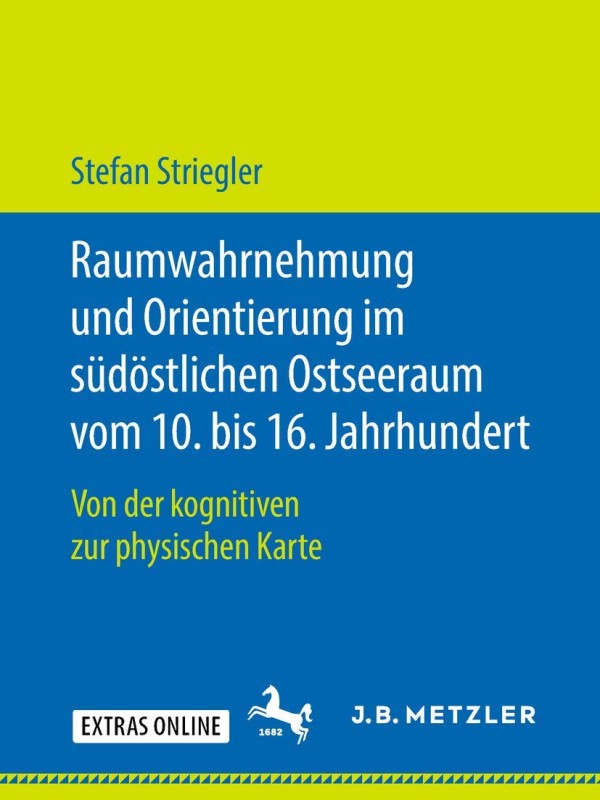My name is Stefan, and I am a historian. I discovered Samuel Kiechel’s journal while working on my PhD thesis. For the thesis, I examined how geographical spaces were perceived and how practical knowledge about them was communicated in the mainly oral worlds of the Middle Ages up to the sixteenth century. One group of people who needed such knowledge was travellers. I found Kiechel’s journal very useful for this purpose, but more than that, it reminded me of when I travelled around Europe, Australia, and South America for a few years before attending university.
However, the journal also reminded me of when I travelled around Europe, Australia, and South America for a few years before attending university. Samuel Kiechel’s casual and haphazard writing style and his unique way of travelling put me in mind of a prototype of the kind of traveller that would, centuries later, be called a ‘backpacker’. I toyed with the idea of reconstructing the journey, but was still preoccupied with other things and set it aside for the time being. However, when COVID broke out and the few teaching jobs I had disappeared, I had a lot of free time. I reread the journal and began taking notes. I had previously worked with cartographic materials from the medieval and early modern periods, and the idea of connecting Kiechel’s descriptions with maps, city views, and other images from the period was born.
I use visual sources that are as close to the time of the journey as possible. However, their availability depends on the geographical region the traveller visited and the motif. Another issue with the images is their accessibility. This website is a private project, and I do not have the financial resources to acquire the rights to pictures outside the public domain. Fortunately, the primary sources for maps (Theatrum Orbis Terrarum) and city views (Civitates Orbis Terrarum) are freely available. Additionally, the Rijksmuseum in Amsterdam has digitised a large part of its collection and made it public domain.
Furthermore, I do not consider myself an expert in all aspects of sixteenth-century history. The geographical scope of the journey meant that Samuel KIechel encountered many different social, cultural, political and religious circumstances and it would be ludicrous to claim detailed knowledge about them all. There are some topics and places about which I claim to have some expertise and others where I had to read up on. I will, therefore, focus on the journey and the experiences of the traveller and do not intent to write a comprehensive history of the sixteenth century.
Although Samuel Kiechel and I are German, I chose to publish this website in English to make the journal more accessible. Kiechel visited many different places across Europe, and his descriptions might interest those unfamiliar with the German language.
While I consider Samuel Kiechel an open-minded traveller (for his time), it is important to note that he carried stereotypes and prejudices that were quite common in the sixteenth century. Religious tensions were high, and the roles of men and women in society were rigid. Not all of the traveller’s observations and descriptions are acceptable today. I translate and clarify his opinions and views, but they are not my own.
As AI continues to develop and is applied across various creative arts and publishing sectors, it is necessary to clarify its use in this project. All posts on this website are written by me. However, English is not my first language, and to avoid unnecessary errors, I use Grammarly to check my posts. Grammarly is an AI-based writing assistant that reviews the grammar and style of a text.
